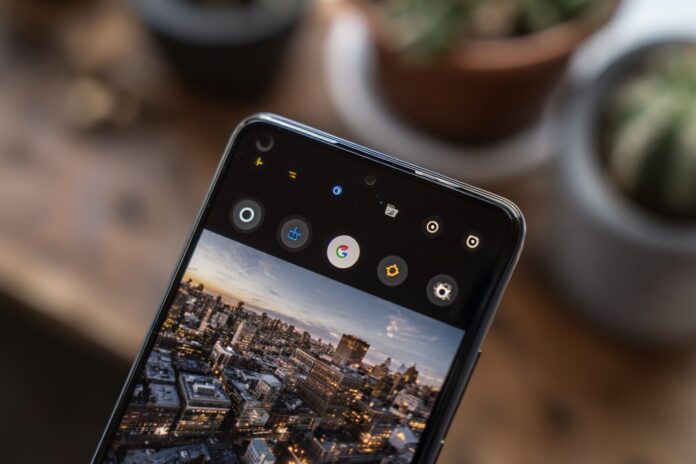Redefining Photo Authenticity in the Age of AI
The ever-evolving landscape of digital imagery has arrived at a pivotal moment. Most importantly, the rapid rise of AI-driven image manipulation is blurring the line between what is real and what is digitally altered. Because trust in visual media is foundational to digital communication, Google’s latest flagship, the Pixel 10, steps into the arena with groundbreaking photo verification features.
Besides that, the introduction of native verification tools in Pixel 10 not only combats fraudulent modifications but also reinforces a commitment to transparency and security. As digital forgeries become more sophisticated, the necessity of having a foolproof method to determine authenticity becomes increasingly clear. Therefore, tools like these are vital for both casual users and professionals alike.
Introducing C2PA Content Credentials: A New Benchmark
At the heart of this innovative approach is the integration of C2PA Content Credentials directly within the Pixel 10 Camera and Google Photos apps. These credentials, built upon an open standard endorsed by a global coalition, carry a secure, digitally signed history of every image. Because the metadata is cryptographically embedded into each file, users gain visible assurance regarding the origin of every photo.
This transparency is vital; it not only allows individuals to verify if an image is authentic, AI-generated, or digitally altered, but it also serves as an industry-wide standard for content verification. As detailed by Security Affairs, C2PA Content Credentials mark a new era in trust and provenance for digital media.
The Role of Metadata in Enhancing Trust
Because digital images can be edited at a moment’s notice, metadata plays a crucial role. Whenever a photo is captured or modified using the Pixel 10’s integrated camera and Google Photos app, detailed metadata is appended to the image file. This information logs the complete history of creation and modification, making it easier to verify its authenticity.
Moreover, this layered approach to data recording not only counters the ease of fake image generation as noted by experts, but also guides users with transparent digital trails. This system, therefore, assists both platforms and end-users in differentiating genuine imagery from manipulated content.
Advancements in Hardware-backed Security
Most importantly, the Pixel 10 goes beyond software enhancements. It leverages superior hardware such as the latest Tensor G5 chip and a certified Titan M2 security chip. These components contribute to the hardware-backed assurance that underpins the entire verification process. Because verifiable claims are now strictly tied to device-grade security, any attempt at forging or tampering becomes exceptionally difficult.
Google’s decision to implement an Assurance Level 2 certification within its photo pipeline further elevates security. As explained in the Google Security Blog, this certification comes as a result of rigorous testing and adherence to industry standards, setting a high bar for digital trust and authenticity in photography.
Privacy, Adoption, and the Future of Digital Trust
Because establishing trust in digital content hinges on transparency without compromising privacy, Google assures users that the embedded content credentials do not infringe on personal data security. Instead, these features work concurrently with existing privacy-focused protocols, ensuring that users retain complete control over their photos.
Besides that, broader adoption of C2PA standards is key to building a robust ecosystem. Companies like Samsung and other technology leaders are quickly following suit, signaling the future direction of industry-wide authenticity measures. As discussed by LA Times, the move is already redefining boundaries and expectations in mobile photography.
Pixel 10’s Innovative AI Camera Features
In addition to its verification capabilities, the Pixel 10 lineup boasts several smart AI-driven enhancements. The new features include ‘Magic Cue’ for proactive prompts during photography, ‘Camera Coach’ for real-time composition advice, and a ‘Super Res’ zoom that utilizes advanced upscaling techniques. These functionalities aim to enrich the user experience while ensuring that any AI involvement in image processing remains transparent and verifiable.
Because these innovative tools also demonstrate the potential for AI in creative applications, they simultaneously highlight the necessity for rigorous provenance systems. The balance between artistic enhancement and assurance of authenticity is delicate, therefore the Pixel 10 offers a compelling solution by integrating robust security measures with transformative photography features. More details can be found on the Google Store.
The Road Ahead: Trust in the Digital Ecosystem
Because manipulated media is a growing concern, the evolution of digital trust is more crucial than ever. Tools like the Pixel 10’s C2PA Content Credentials mark a significant leap forward in ensuring that every image holds a reliable and immutable record of its origin. This advancement is not only pivotal for the photography industry but also for the greater digital ecosystem.
Moreover, as more apps and platforms begin to support C2PA metadata, the system will likely become the standard for digital verification. With established leaders such as Google setting the pace, it is anticipated that this initiative will encourage widespread industry adoption, making it extremely challenging for fake images to undermine public trust moving forward.



